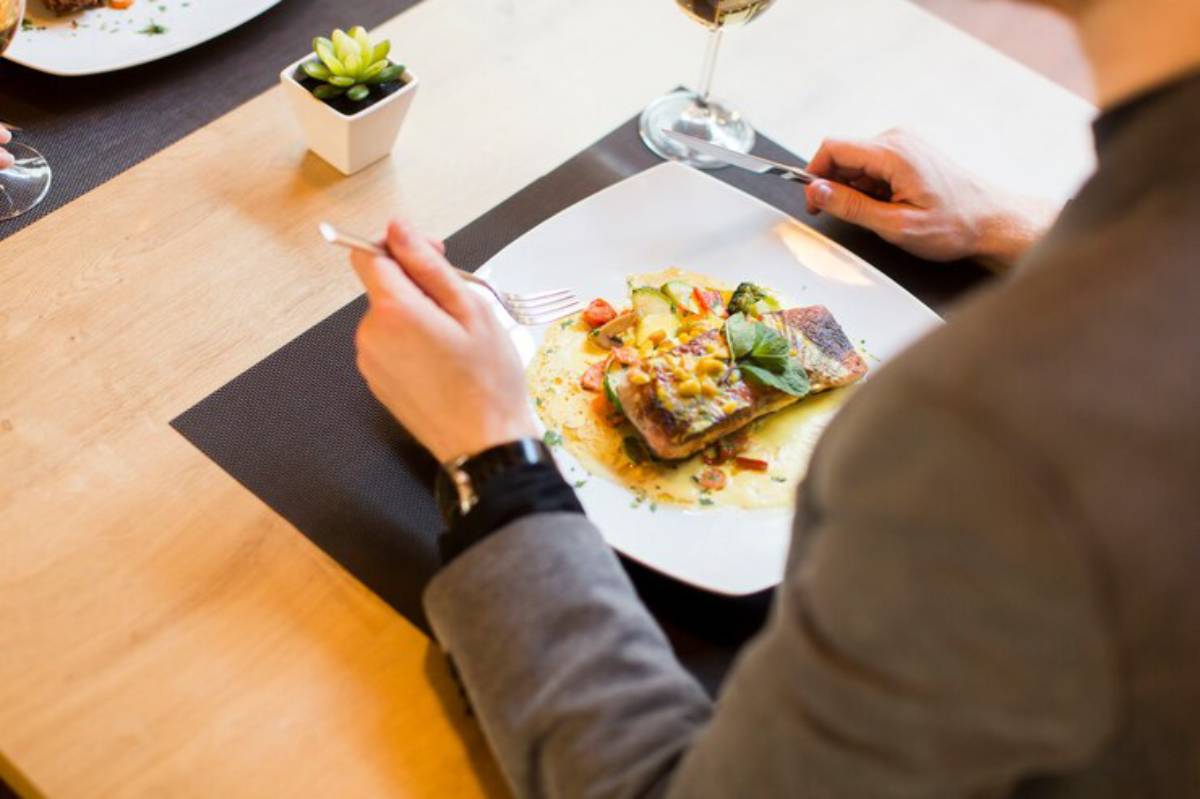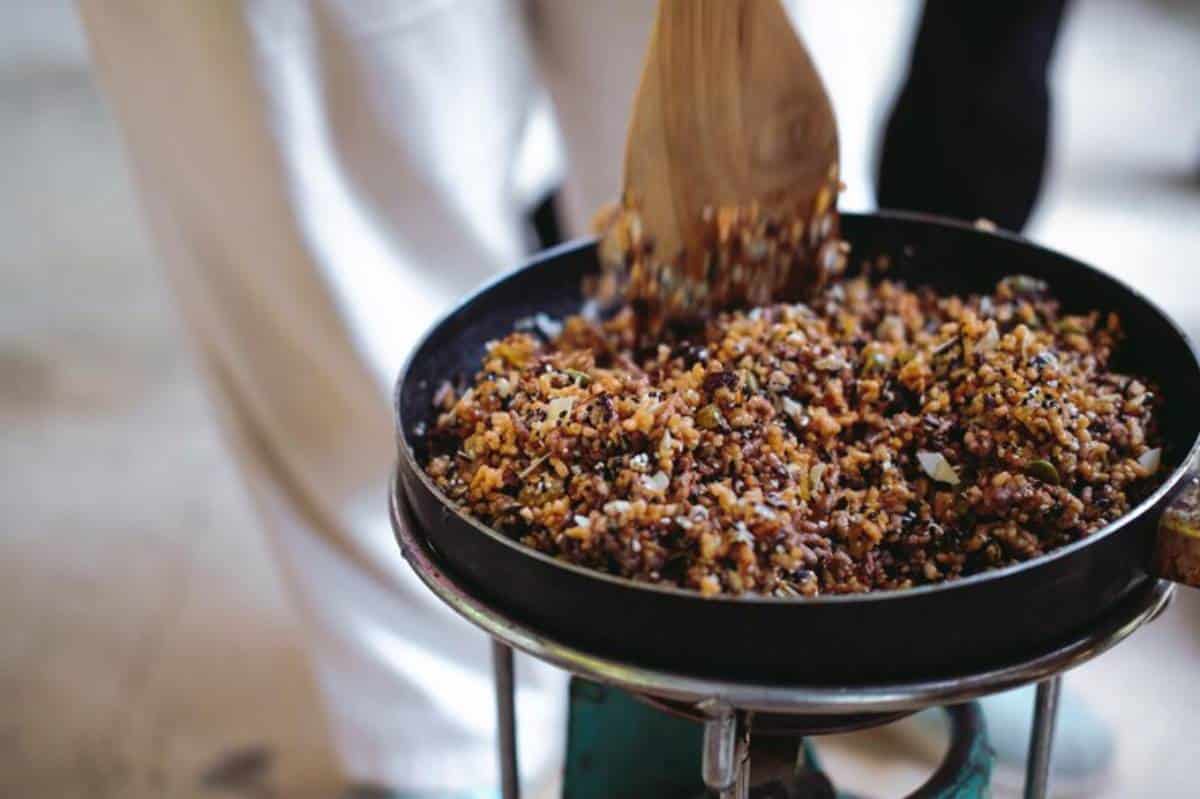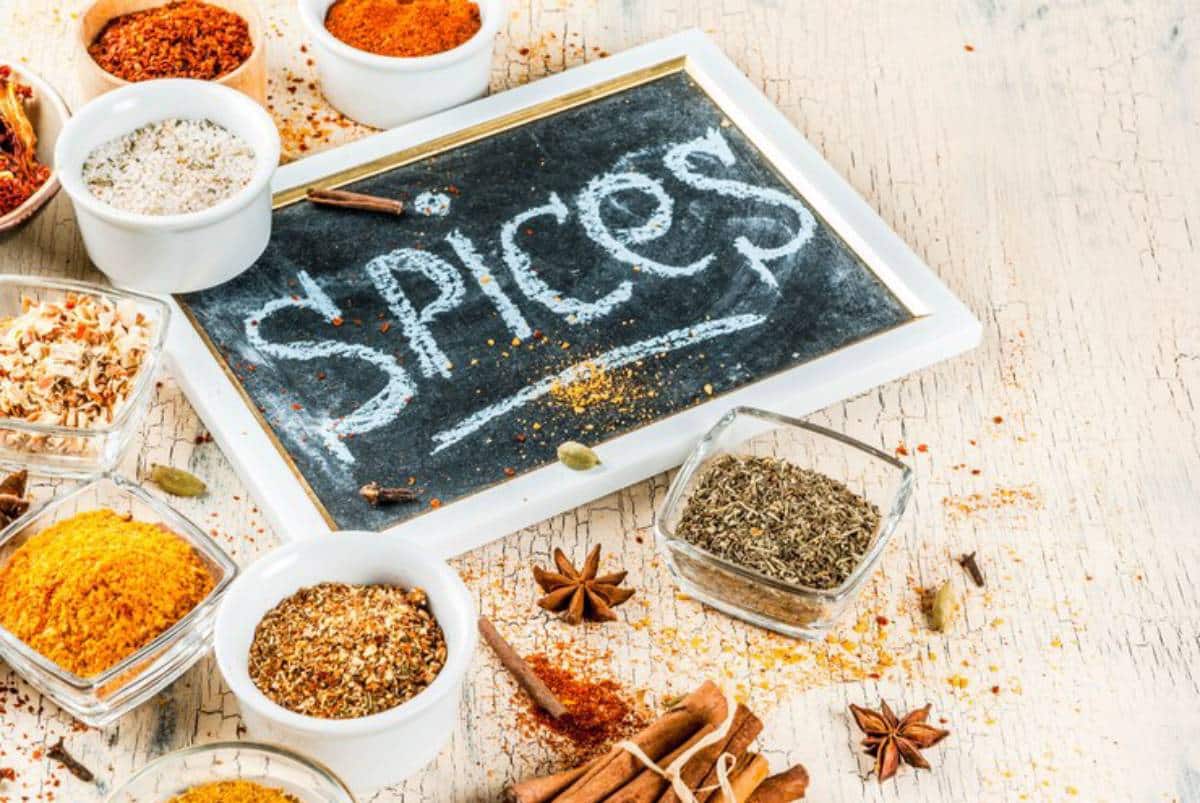
Rare Spices Worth the Investment
Why the Right Spice Is Worth Its Weight in Gold
Open your spice rack. What do you see? Paprika. Cumin. Maybe a few dusty jars you haven’t touched in months. Now imagine a pantry that whispers of saffron fields, ancient spice routes, and smoky marketplaces full of sensory surprises.
This is the world of rare and exotic spices — ingredients that bring depth, character, and intrigue to even the simplest dishes.
Spices have been traded like treasure for centuries, not just for their flavour, but for their ability to transform. Investing in rare spices isn’t about being flashy. It’s about flavour depth, culinary creativity, and giving your food a voice.
In this guide, we’ll walk through a curated list of gourmet spices worth your time and money, from the floral saffron strands to the nutty heat of grains of paradise. You’ll learn how to use them, what to pair them with, and how a small pinch can change your cooking forever.
Why Rare Spices Matter
More Than Just Flavour
Rare spices often carry cultural weight, unique harvesting stories, and limited growing regions — think of them as vintage wine equivalents in the culinary world.
They offer:
- Intensified aroma and complexity
- Unique sensory experiences
- Global connection through cuisine
- Small-quantity usage with high impact
These aren’t bulk-bin seasonings. They’re small-batch, sometimes hand-harvested, and deeply worth the investment.
The Gourmet Spice List: Rare, Exotic, Transformational
Let’s explore the rare spices every curious cook should know, including how to use them for maximum effect.
1. Saffron
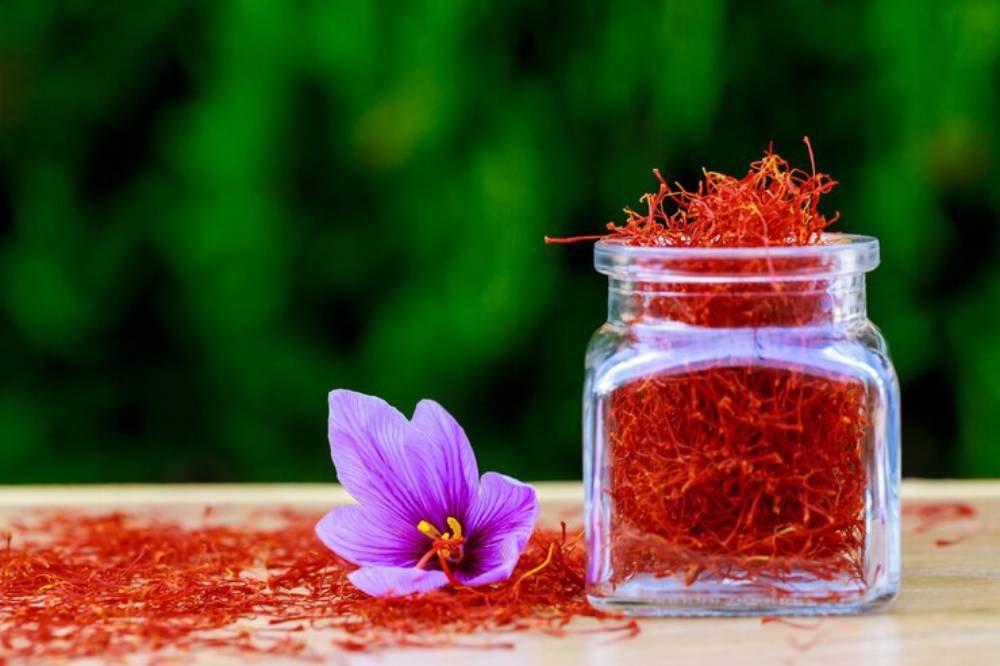
Origin: Iran, Kashmir, Spain
Flavour profile: Earthy, floral, slightly sweet
Pairs well with: Rice dishes, seafood, poultry, desserts
Saffron is the world’s most expensive spice by weight, and for good reason — it’s harvested by hand from crocus flowers, with each flower yielding just three stigmas. You only need a few strands to infuse a dish with its golden hue and unmistakable aroma.
Best uses:
- Paella or risotto Milanese
- Saffron-poached pears
- Infused into butter or broth
Tip: Always steep saffron in warm liquid for 10 minutes before adding it to dishes — it helps extract the full colour and fragrance.
2. Grains of Paradise
Origin: West Africa
Flavour profile: Peppery with hints of citrus and cardamom
Pairs well with: Root vegetables, poultry, fish, and baking
Often used as a pepper substitute in medieval Europe, grains of paradise have regained popularity in fine dining. They’re excellent in rubs, roasted veg, or even in gin infusions.
Use it in:
- Sweet potato fries or mash
- Moroccan-inspired chicken
- Gin-based cocktails or syrups
Their subtle heat and warm complexity make them a great bridge between pepper and allspice.
3. Urfa Biber
Origin: Turkey
Flavour profile: Smoky, sweet, raisin-like heat
Pairs well with: Lamb, eggplant, yoghurt, chocolate
These dark red pepper flakes are sun-dried by day and wrapped overnight, giving them their signature sultry smokiness and chew.
Try it in:
- Meat marinades or rubs
- Chocolate truffles
- Sprinkled over hummus
A close cousin to Aleppo pepper (another worthy investment), Urfa Biber adds layers rather than sharpness — think whisper, not punch.
4. Long Pepper
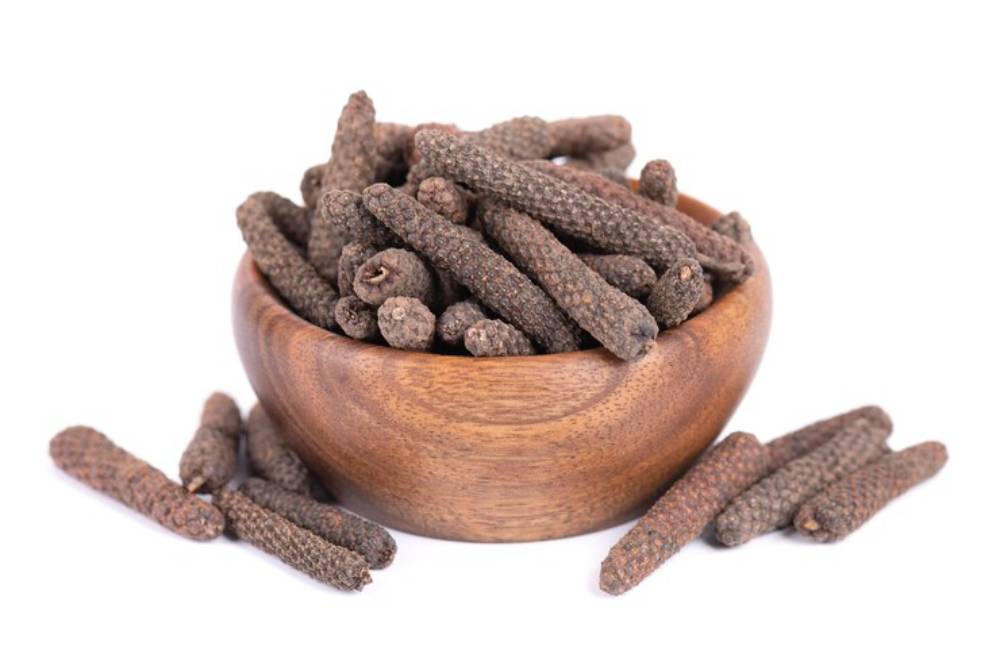
Origin: India, Indonesia
Flavour profile: Spicy, sweet, with earthy depth
Pairs well with: Game meats, roasted veg, dark chocolate
Before black pepper took over the spice world, long pepper was the go-to. It’s hotter, but more complex, with an almost medicinal fragrance that lingers.
Use in:
- Meat stews or braises
- Ground into rubs
- Infused into oils
Grind just before use and use sparingly — it’s bold.
5. Asafoetida (Hing)
Origin: Iran, India
Flavour profile: Pungent when raw; savoury and umami when cooked
Pairs well with: Lentils, cabbage, Indian curries
Not for the faint-hearted. Asafoetida smells intense in the jar but mellows into a gorgeous onion-garlic note when sautéed in oil.
Perfect in:
- Indian dal
- Garlic-free recipes
- Gut-friendly recipes (it’s easier to digest than alliums)
Look for compounded asafoetida with rice flour (not wheat, if gluten-free).
6. Sumac
Origin: Middle East
Flavour profile: Tart, citrusy, subtly fruity
Pairs well with: Meat, salads, grains, fish
Sumac is a dried berry that adds tang without liquid, making it a must-have for dry rubs, salad toppings, or anywhere lemon zest would go.
Try in:
- Fattoush salad
- Grilled chicken thighs
- Labneh drizzled with olive oil
It’s especially useful when you want brightness but can’t add actual lemon juice or vinegar.
7. Amchoor (Dried Mango Powder)
Origin: India
Flavour profile: Tangy, slightly sweet, fruity
Pairs well with: Chutneys, dry rubs, legumes
Made from unripe green mangoes, amchoor adds gentle sourness with a tropical twist.
Ideal for:
- Indian snacks like pakoras
- Chickpea salads
- Seasoning for roast veg or stir-fry
Use it to brighten a dish without wet ingredients — think of it as powdered citrus.
Spice Pairings for Flavour Depth
Crafting the right pairings is just as crucial as choosing the right spice.
Here’s how to layer flavours:
| Spice | Complements | Contrast With |
| Saffron | Fennel, cinnamon, cardamom | Chilli flakes, cumin |
| Grains of Paradise | Lemon, garlic, thyme | Bold chillies |
| Urfa Biber | Cumin, mint, yoghurt | Vinegar-based sauces |
| Asafoetida | Mustard seed, turmeric | Strong sweet herbs |
| Sumac | Parsley, onion, sesame | Creamy sauces |
Want to explore spice layering in more depth? Our guide on flavour pairing techniques offers detailed charts and seasonal suggestions.
Storing and Sourcing Rare Spices
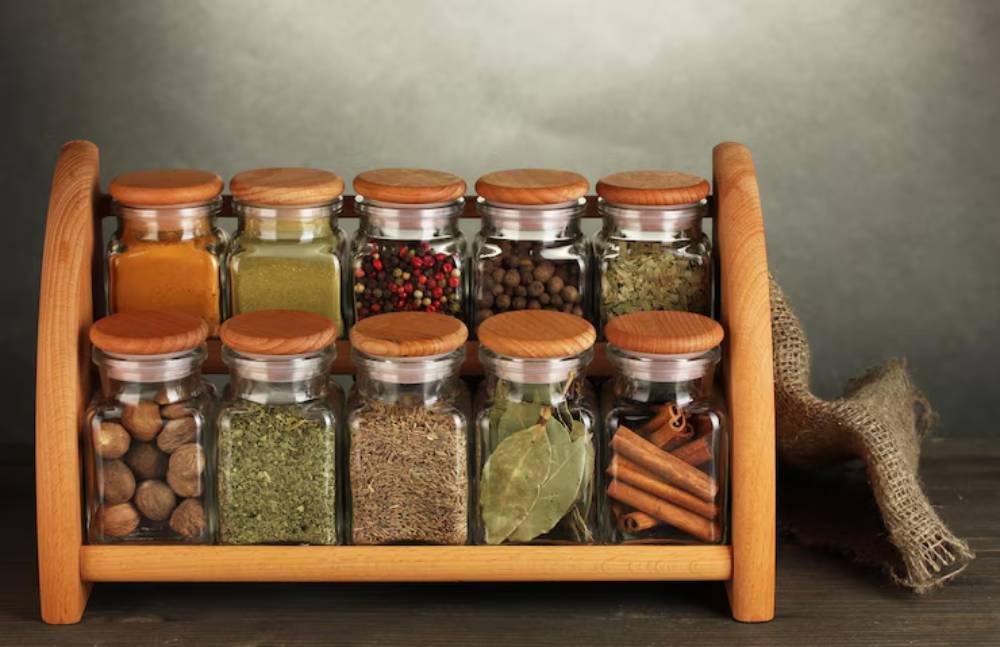
Tips for Maximum Freshness
- Store in airtight jars, away from light and heat
- Buy whole where possible — grinding fresh preserves the aroma
- Use glass, not plastic — it retains less odour
- Mark dates — spices fade after 6–12 months
Where to Buy
Look for trusted spice merchants or upgrade your pantry with some essential ingredients for a gourmet kitchen that complement these rare spices beautifully:
- Speciality shops with single-origin sourcing
- Online stores that batch-roast or import directly
- Avoid pre-ground supermarket bottles for rarities — they’re often stale
Real-World Cooking Transformations
“Urfa Biber changed my lentil soup completely — suddenly it had this slow, smoky depth I didn’t expect. Now I add it to everything.” – Jade, Cardiff
“I was hesitant about saffron’s price tag, but when I tasted that risotto—buttery, floral, gold-toned — I got it. It was special.” – Ben, Brighton
“Long pepper gives my lamb stew this unexpected warmth that black pepper just doesn’t offer. It’s a conversation starter every time.” – Parveen, London
Cooking is personal. The spices you choose reflect your flavour fingerprint, and rare spices are how you deepen that expression.
Conclusion: Flavour Is an Investment in Joy
Stocking your kitchen with rare, quality spices is one of the most impactful ways to elevate your cooking, without adding complexity. One pinch of sumac or a few strands of saffron can unlock emotions, memories, and cultural stories.
These aren’t everyday ingredients, and that’s exactly the point. They allow you to transform a weeknight meal into a moment. To impress without showboating. To cook with curiosity and soul.
So treat yourself to one new spice this season. Taste it. Smell it. Use it boldly — or with subtlety. But most importantly, use it with intention.

